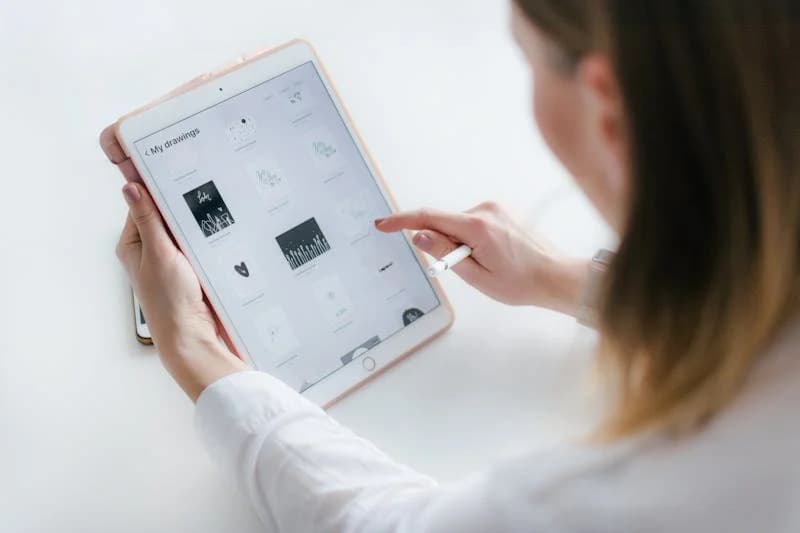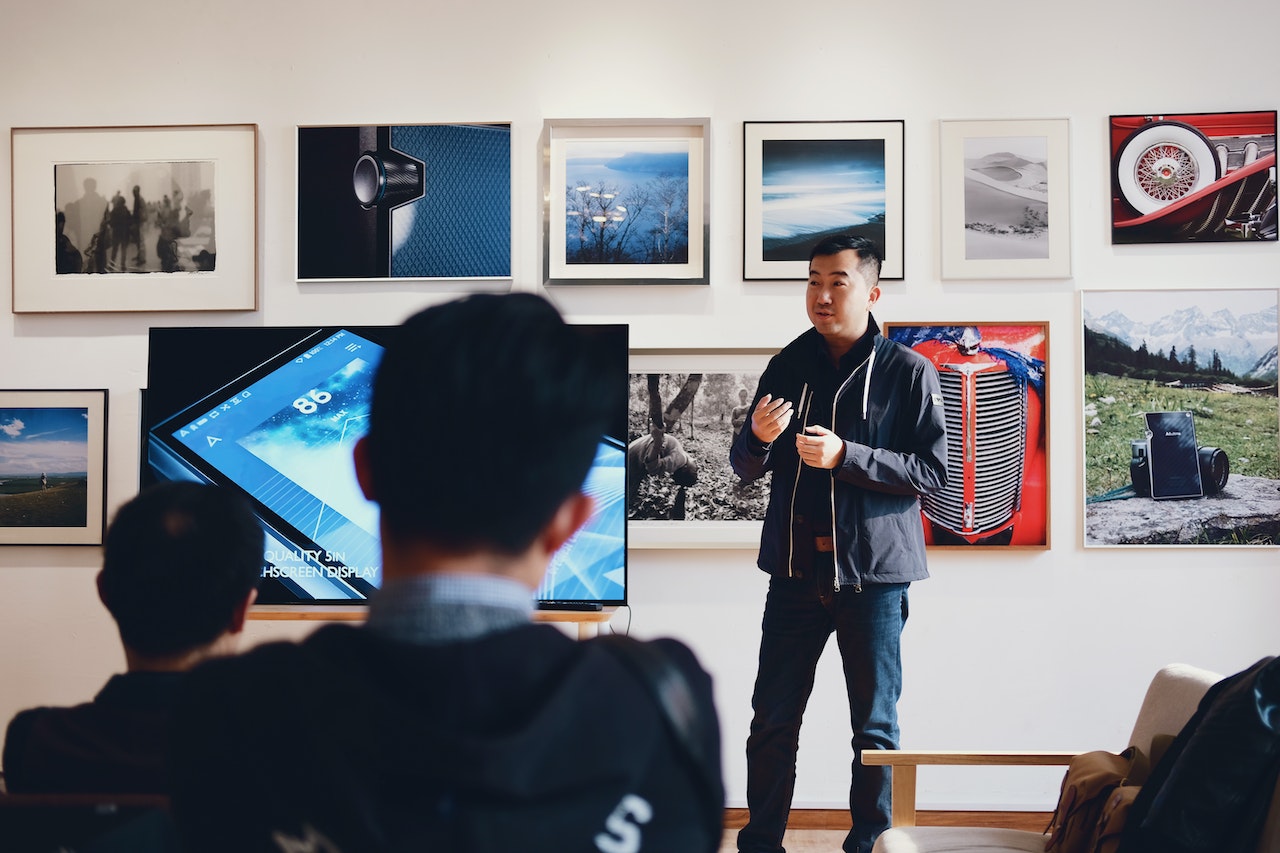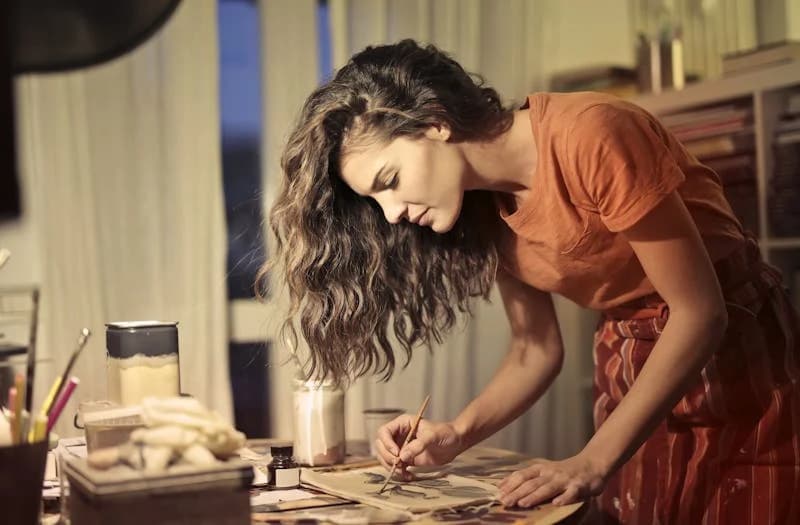In the world of design, every project starts with an idea. But how does this idea become a reality? The process of creating the perfect design consists of several stages, each of which is critical to success. In this article, we’ll look at the key stages that lead from the initial concept to the realisation of the completed product.
1. Formulating the idea
Everything starts with an idea. It can be anything from a new product concept to a visual solution for a brand. It is important that the idea is clear and understandable. The designer should ask himself: what exactly do we want to create? What is the goal of our project? What problems are we trying to solve?
At this stage, it can be useful to brainstorm or create a mental map to capture all possible ideas. It is important not to limit your creativity and allow yourself to dream.
2. Research and analysis
After formulating an idea, the next step is research. This includes researching your target audience, competitors, industry trends, and available technologies. What are the needs of your target audience? What solutions do your competitors offer? This knowledge will help you create a more holistic and effective design.
Analysis can also include reviewing projects that have already been implemented and determining what worked and what didn’t. This process allows you to avoid repeating mistakes that were made earlier.
On the Legjobbkaszino website, you will find casino reviews that can serve as an example for your research. This will help you to understand how successful projects are created in other areas and adapt these ideas for your design.
3. Generation of concepts
At this stage, the designer begins to turn ideas into visual concepts. This may involve creating sketches, drawings, or using computer software for 3D modelling. It is important to experiment with different shapes, colours and textures to find the best solution.
Concepts can be presented in the form of simple sketches or more detailed prototypes. At this stage, don’t be afraid to make changes – often the best solutions emerge from experimentation.
4. Prototype development
Once the concept is agreed upon, the next step is to create a prototype. This can be a physical or digital product that allows you to test functionality and usability. Prototyping helps to identify shortcomings at an early stage, which can save time and resources in the future.
At this stage, it is important to involve real users in testing. They can provide valuable feedback that will allow you to make adjustments and improve the product.
On the Revolut casino page, you can read all the useful tips about this casino, which can serve as an example of how important it is to take into account the opinion of consumers in the process of product development.
5. Verification and testing
After creating a prototype, the next step is its verification and testing. This stage involves assessing how well the product meets the requirements and whether the goals have been achieved. Testing can include usability testing, where real users interact with the product, or A/B testing to compare different versions.
This process allows you to identify shortcomings that may have been missed in the previous stages. Feedback from users is extremely important as they can point out problems that developers may not have noticed.

6. Release the product
When all the testing has been completed and adjustments made, the product is ready for release. This can be either the launch of a new product on the market or an update of an existing one. It is important to prepare a marketing campaign to draw attention to the new product.
At this stage, it is also important to monitor consumer reaction and collect feedback. This will help to identify possible problems after the launch and eliminate them promptly.
7. Continuous improvement
The design process doesn’t end after the product is launched. It’s important to continue to collect feedback and improve the product based on user feedback. This may include regular updates, improved functionality, or adaptation to new consumer needs.
Design is an ongoing process that requires flexibility and readiness for change. The world around us is changing rapidly, and designers must be ready to adapt their solutions to new conditions.
Conclusion.
Creating the perfect design is a complex process that consists of several stages. From formulating an idea to launching a product, each stage is critical to achieving success. It is important to remember the need for research, testing, and continuous improvement. This is the only way to create a product that meets consumer requirements and stands out from the competition.




